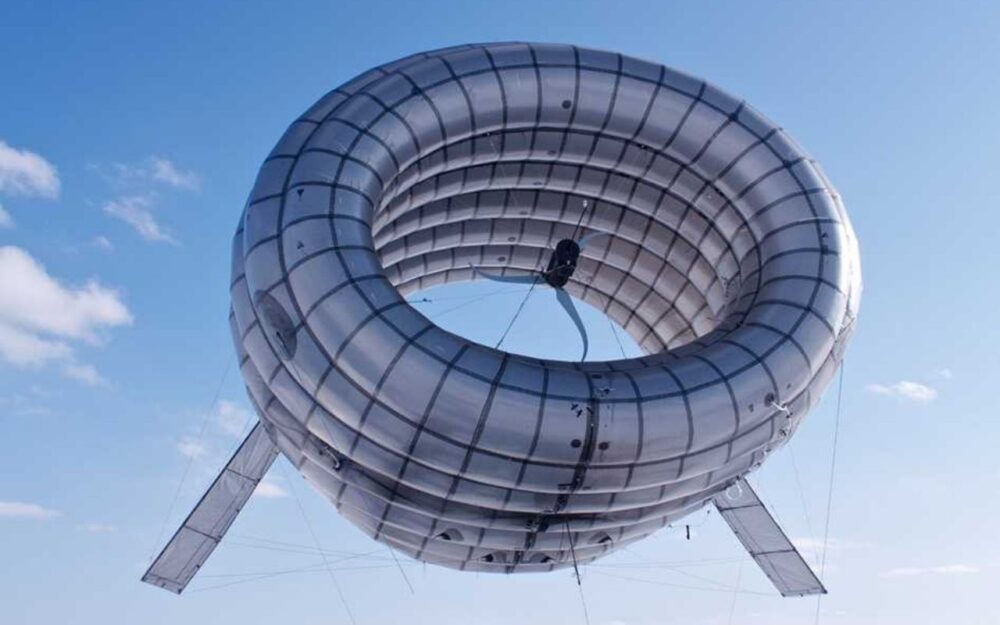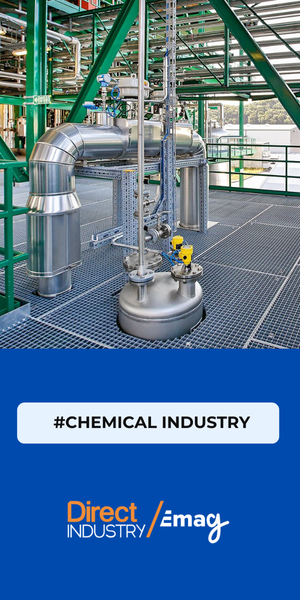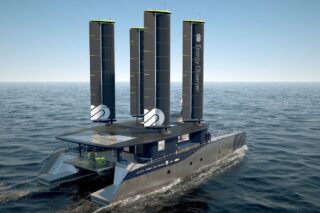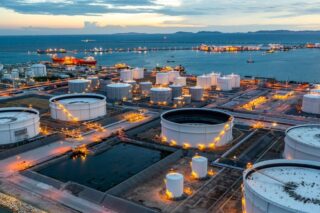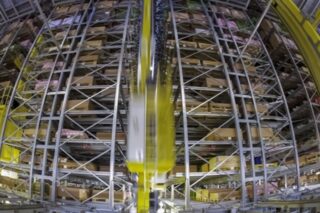The technology of Airborne Wind Energy Systems (AWES), or flying wind turbines, appears to be gradually moving out of the research stage and into full-scale testing. Two recent projects—one in the United States and one in China—highlight both promising advances and the challenges that remain.
Wind energy plays a pivotal role in the global transition to renewable energy. According to the International Renewable Energy Agency (IRENA), the cumulative installed wind energy capacity worldwide has surpassed 1,174 gigawatts (GW), with 121 GW added in 2024 alone.
While progress was spread across many regions, a handful of countries accounted for the bulk of this expansion.
According to the Global Wind Energy Council (GWEC), China led by far, installing nearly 80 GW and pushing its total capacity beyond 520 GW. The United States followed with 4 GW, reaching 154 GW overall. Germany added just over 4 GW, bringing its capacity to 73 GW, while India installed 3.4 GW to hit 48 GW. Brazil grew by 3.3 GW, reaching nearly 34 GW.
Together, these five countries dominate global wind power, driving most of the sector’s growth. Two of them are now exploring a new segment in the industry. The emerging AWES technology could significantly enhance wind-powered green energy generation.
What Is an AWES?
An Airborne Wind Energy System (AWES) is a wind energy conversion technology that uses airborne devices (typically kites, drones, or tethered balloons) to capture high-altitude winds (often between 200 and 600 meters).
Unlike traditional wind turbines mounted on towers or foundations, an AWES relies on a flying structure held by cables. These cables serve both to anchor the system and to transfer the energy produced, either mechanically (by driving a ground-based generator) or directly as electricity via an onboard turbine. The main advantage lies in accessing stronger and more consistent winds than at ground level, which can improve energy yield while reducing the installation’s footprint.
Currently, this clean technology is not yet commercially deployed, but ongoing projects may eventually offer a new way to produce green energy.
Altaeros and the BAT: A 300-Meter Inflatable Turbine
The startup Altaeros Energies, founded out of MIT, has developed a flying turbine called the BAT (Buoyant Air Turbine), capable of operating at 300 meters (about 1,000 feet) via a helium-filled inflatable balloon.
The turbine is rated at 30 kW and is connected to the ground by three cables, one of which transmits electrical energy. It is designed to automatically adjust to the optimal altitude based on wind strength, dock in emergencies, and operate under harsh conditions (strong winds, snow, rain).
The target production cost is around $0.18 per kWh, which, if achieved, would make it a viable option for remote, hard-to-reach areas still largely dependent on diesel generators—such as military bases, industrial sites, or mines.
A first trial took place near Fairbanks, Alaska, under the supervision of the Alaska Energy Authority. The two Altaeros founders, Ben Glass and Adam Rein, are seriously considering commercializing their solution.
The Chinese Megawatt-Scale Flying Turbine Project
Meanwhile, China is testing a project that is far more ambitious in terms of power than Altaeros’ prototype. According to the South China Morning Post, this project is being developed by the startup Sawes (with “S” for Stratosphere) in collaboration with Tsinghua University and the Institute of Aerospace Information Research at the Chinese Academy of Sciences.
The system, called S1500, is intended to be a 1 MW flying wind power plant, representing a major scale-up compared to existing prototypes. The concept resembles a Zeppelin: no fixed tower, but a suspended flying structure that captures high-altitude winds with fewer constraints related to the ground.
It became the first turbine of its kind to generate one megawatt of electricity during a test flight conducted on September 21 in Xinjiang, an autonomous region of China, according to the South China Morning Post.
Benefits, Advantages, and Challenges Ahead
What are the expected benefits of this type of technology? Why turn to flying wind turbines when conventional turbines already exist? Primarily, flying turbines avoid some of the disadvantages of traditional turbines.
Advantages
Conventional turbines are limited by intermittency, as wind must blow at a specific speed to generate energy. They also produce noise, require large areas of land—which some countries, like Japan, lack—and can be seen as visually unappealing or even harmful to certain bird species.
AWES have clear advantages: they can access stronger, more consistent high-altitude winds, increasing energy production and stability. Being airborne, they depend less on heavy terrestrial infrastructure—towers, foundations, etc.—which can reduce costs and environmental impact in remote or difficult-to-access areas. They can be deployed in isolated or underpowered regions, or as backup energy in disaster-prone areas.
Challenges
However, this new technology also faces technical and economic challenges.
The first concern is safety and reliability of the tethers. The system relies on cables that must withstand extreme weather, strong winds, and other harsh conditions—raising questions about suitability in places which regularly experiences powerful typhoons.
Control and navigation are also key issues. What is the optimal positioning? How is maintenance performed? How can the system safely return to the ground in an emergency?
Component lifespan is another concern. Movement and oscillations place mechanical stress on materials, which could wear out faster. Finally, the cost per kWh remains high, especially for higher power levels, and the technologies are still largely unproven despite ongoing projects.
A Turning Point?
Although many questions remain and challenges are significant, these experiments show that the concept of flying turbines is no longer mere science fiction. The Altaeros prototype demonstrates that a modest-scale system (30 kW) can function, while China is now aiming for much higher power levels.
The convergence of research, startups, and public and private funding suggests that AWES could become a real part of the energy mix this decade, particularly in remote or hard-to-access regions.
Read also
